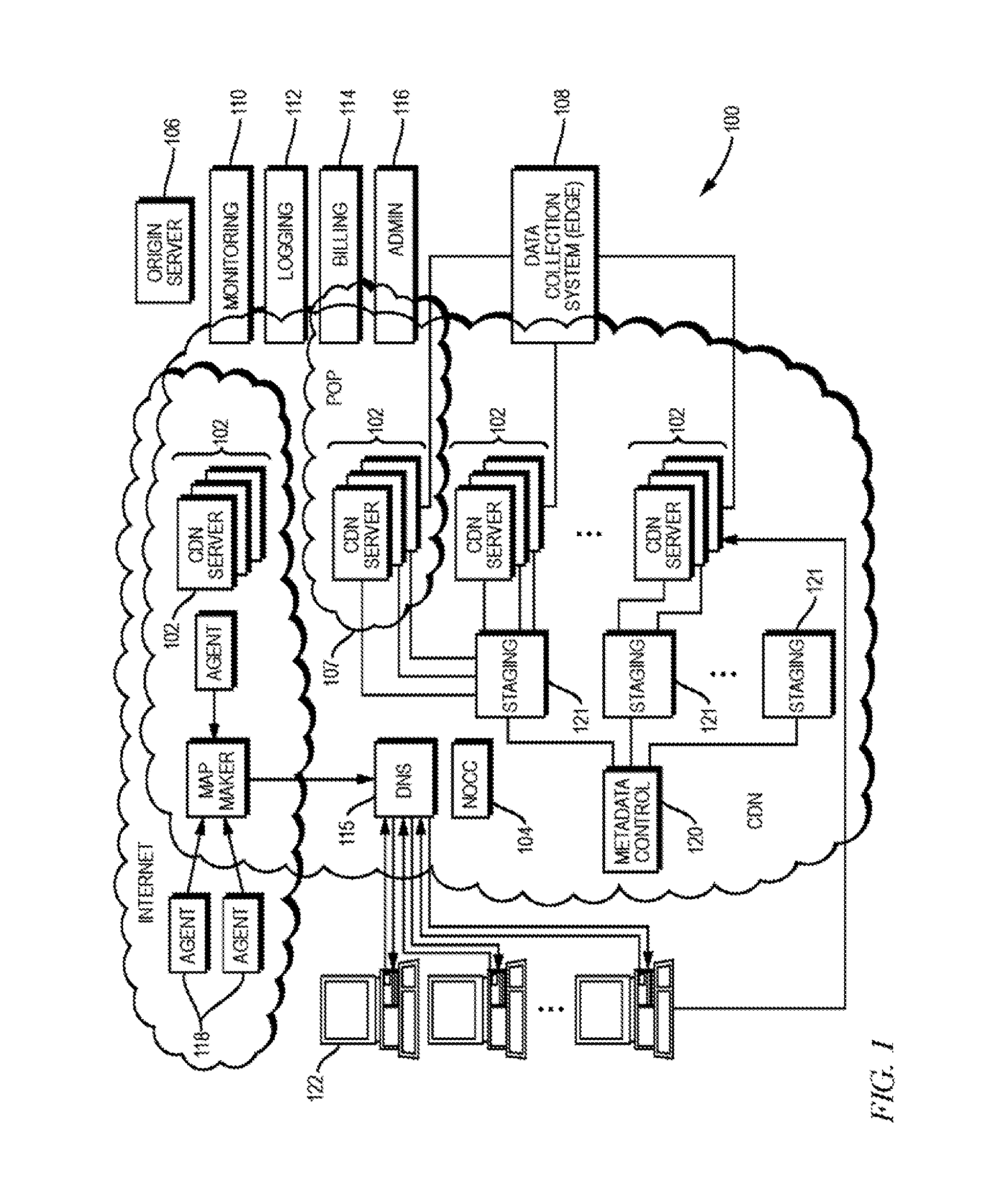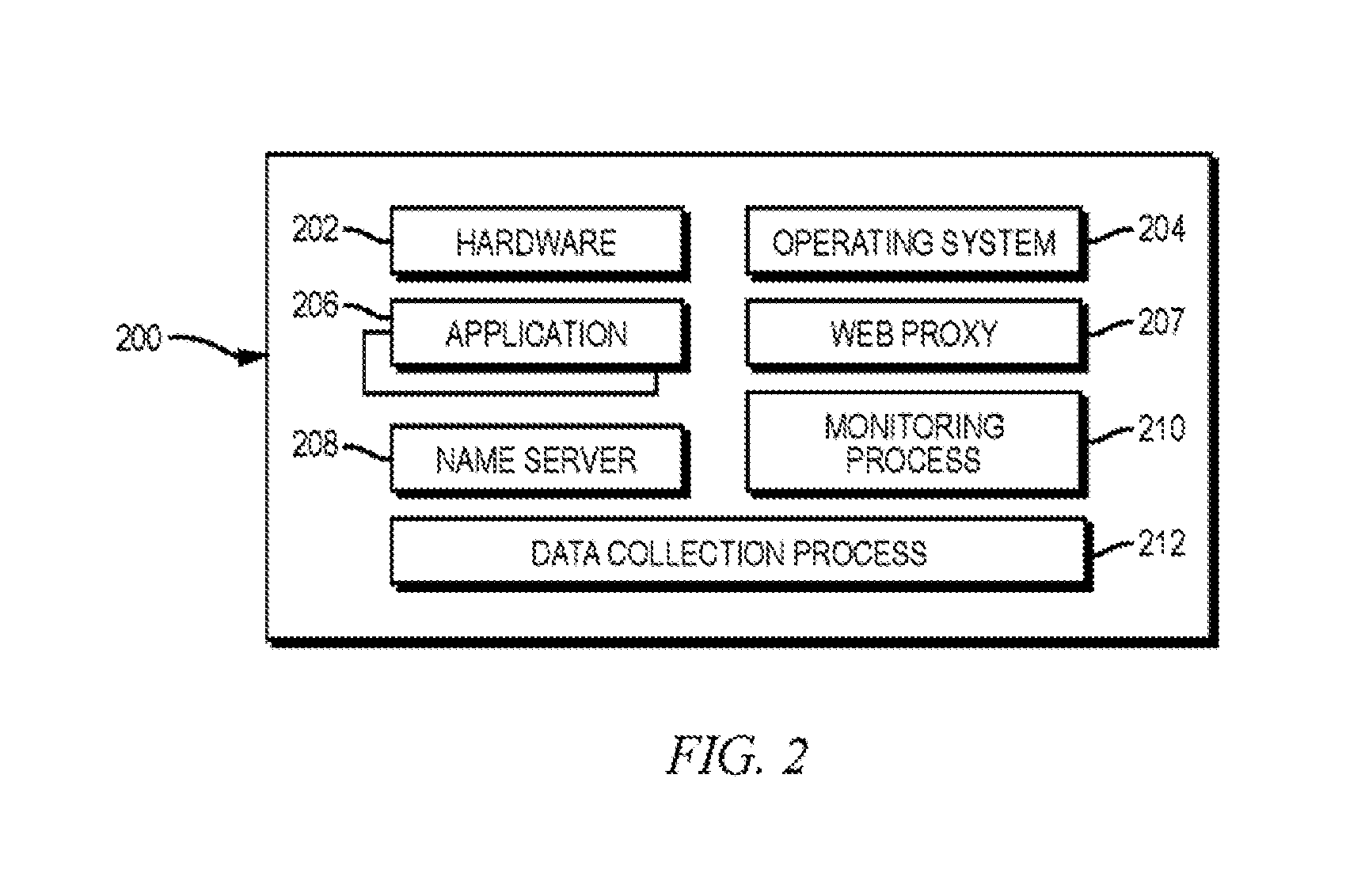Systems and methods for avoiding server push of objects already cached at a client
a technology of object cache and server, applied in the field of distributed data processing systems, can solve the problems of unsolicited push of representations from servers to clients, wasted bandwidth, delayed page load time, etc., and achieve the effect of avoiding server push of avoiding push of resources cached at a client, and avoiding server push of resources
- Summary
- Abstract
- Description
- Claims
- Application Information
AI Technical Summary
Benefits of technology
Problems solved by technology
Method used
Image
Examples
example
[0092]Assume a set of pages with lists of pushable resources in the form shown below:
[0093]a.com / b
[0094]1 x.css: 24 hours TTL[0095]y.css: 24 hours TTL[0096]z.js: 1 hour TTL[0097]l.png: 40 mins TTL
[0098]a.com / c[0099]x.css: 24 hours TTL[0100]m.css: 24 hours TTL[0101]n.js: 1 hour TTL[0102]k.png: 40 mins TTL
[0103]The web server can maintain two PR lists in the form:[0104]pr 24 h[0105]0: x.css[0106]1: y.css[0107]2: m.css[0108]pr_1 h[0109]0: z.js[0110]1: l.png[0111]2: n.js[0112]3: k.png
[0113]When a client requests any of the above two pages, in response the web server preferably sets both cookies ‘pr_24 h’ and ‘pr_1 h’ with a cookie TTL of 24 hours and 1 hour, respectively, using for example the ‘expires’ field defined in RFC 6265. The values of these two cookies would be encoded as already described. In this manner, on a subsequent visit, the client can determine not to send any cookies that have expired.
[0114]The two lists above can be created by the list-making process that creates the...
PUM
 Login to View More
Login to View More Abstract
Description
Claims
Application Information
 Login to View More
Login to View More - R&D
- Intellectual Property
- Life Sciences
- Materials
- Tech Scout
- Unparalleled Data Quality
- Higher Quality Content
- 60% Fewer Hallucinations
Browse by: Latest US Patents, China's latest patents, Technical Efficacy Thesaurus, Application Domain, Technology Topic, Popular Technical Reports.
© 2025 PatSnap. All rights reserved.Legal|Privacy policy|Modern Slavery Act Transparency Statement|Sitemap|About US| Contact US: help@patsnap.com



